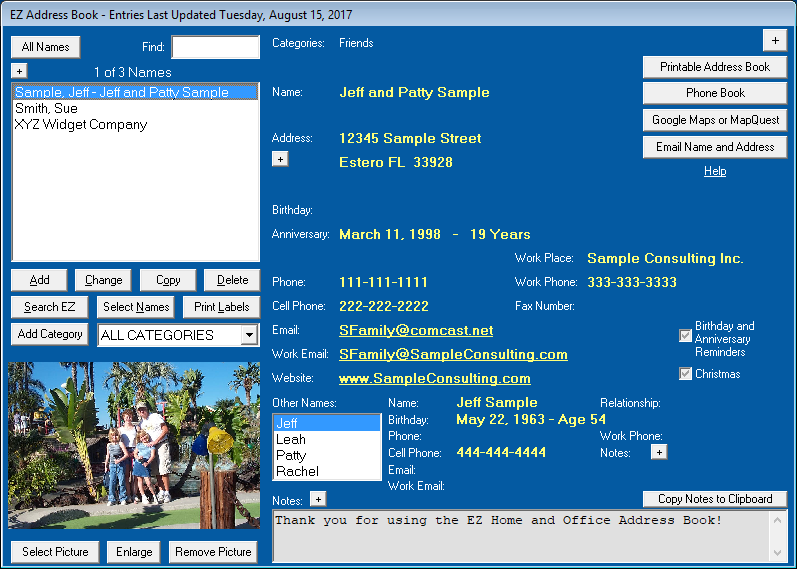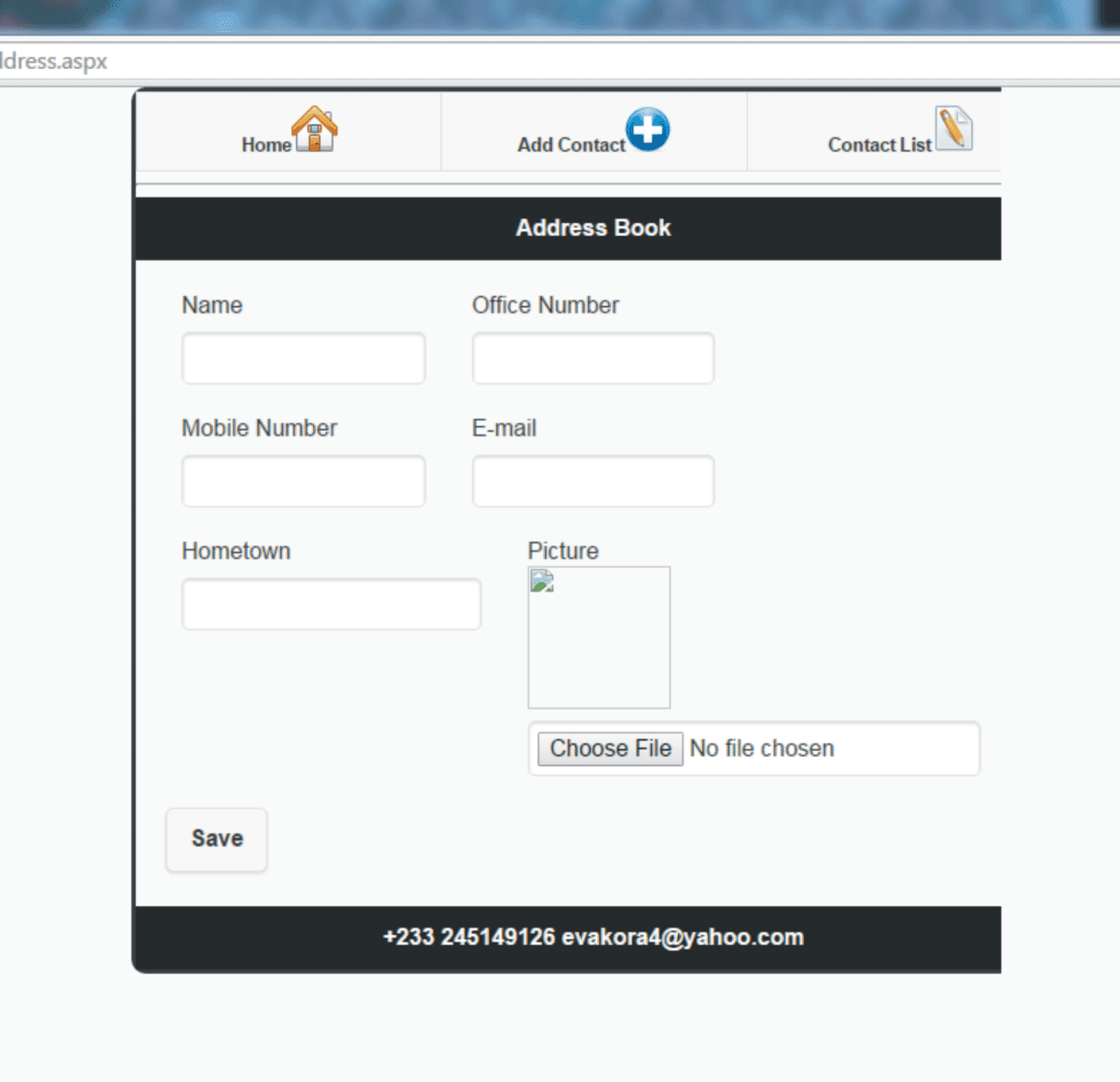
- #OPEN SOURCE ADDRESS BOOK SERVER MAC OS X#
- #OPEN SOURCE ADDRESS BOOK SERVER FREE#
- #OPEN SOURCE ADDRESS BOOK SERVER MAC#
This may be more useful for a company whitepages. The latter entry contains the same thing but also labeledURI (a URL), a telephone number, and postal address. This is all you really need if you're aiming for just an email address book. The first entry contains a few items: the DN for the entry, the CN (or Common Name), the givenName (first name), the SN, (surname), and a mail entry. PostalAddress: 123 45 Nowhere Ave, Edmonton, AB, T1X 1T1 The following are two example entries the first with minimal data, the latter with a lot more.ĭn: cn=Vincent Danen,ou=email,dc=mylan,dc=net You're not restricted to only using email addresses you can specify any information you like provided by the organizationalUnit objectClass. Once this is done, you can begin working on a new LDIF file (which we'll call addr.ldif) which contains the actual entries.

We also tell ldapadd we want to be prompted for our bind DN's password, use simple authentication, and import the data from the file addr-skel.ldif (which would contain the contents noted above).

The "-h" option indicates the host to connect to (in this case, localhost), the "-D" option indicates the DN to bind as (in this case cn=root,dc=mylan,dc=net which would be your administrator DN). # ldapadd -h localhost -D "cn=root,dc=mylan,dc=net" -W -x -f addr-skel.ldifĬhange the parameters to, again, suit your setup. Import this into the directory to create the structure by using: Of course, change the suffix to suit your setup (here it is dc=mylan,dc=net). In this case, we will create a new OU called "email" which will be used solely to store email addresses.
#OPEN SOURCE ADDRESS BOOK SERVER FREE#
You need to create a LDIF file containing the skeleton for your new Organizational Unit (we'll assume you are using ou=People for user authentication if you're not, feel free to use that OU).

The first step is to create the Address Book, and this can be extremely tedious the first time around.
#OPEN SOURCE ADDRESS BOOK SERVER MAC#
We'll look at getting mutt to use lbdb to access LDAP data (and the OS X Address Book for you Mac users), getting Mozilla to use it, and getting the OS X Address Book to use it as well. A few different tools are involved to get this setup working, and it should work with virtually any email client that supports LDAP (most do), and you can even use an intermediate tool called The Little Brother's Database (lbdb) to help out (in fact, for mutt it's pretty much a requirement). Setting this up is a bit of chore, thus this topic. Using LDAP, I can avoid this and have Mozilla, Mail.app, and mutt all use the same source for obtaining email addresses. For instance, if I chose to use Mozilla to compose an email, or Apple's Mail.app, I would have to view my mutt aliases file in order to find appropriate addresses.

#OPEN SOURCE ADDRESS BOOK SERVER MAC OS X#
I use mutt as my email client on Mac OS X (previously used it on Linux) and mutt's aliases file served as a half-decent address book, although it was not portable at all. This will detail my own personal experiences in setting up OpenLDAP to serve as an address book for a number of different applications. Whether this is a company white pages or a personal (or distributed) email address book, LDAP makes for a great means of storing addresses that are not often changed. One of the best uses for LDAP is as an address book.


 0 kommentar(er)
0 kommentar(er)
